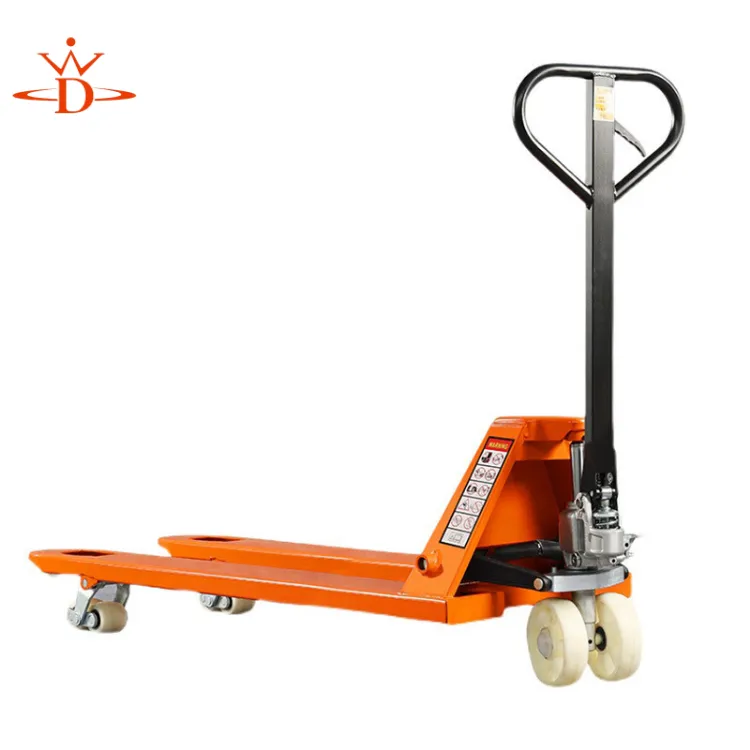Choosing the Right Machine Skates and Rollers for Your Moving Needs
The Evolution and Application of Machine Skates and Rollers
Machine skates and rollers are essential tools in various industries, especially in manufacturing, construction, and logistics. They facilitate the movement of heavy machinery and equipment, enhancing efficiency and safety in operations that would otherwise pose challenges due to weight or size. Understanding the evolution, types, and applications of these devices not only underscores their importance but also highlights their role in modern industrial practices.
Historical Context
The origins of machine skates date back to ancient methods of moving heavy objects. Early civilizations used wooden rollers and sleds to transport large stones and materials. Over time, as industries evolved, so did the technology behind these transport solutions. By the late 19th and early 20th centuries, advancements in materials and engineering led to the development of more sophisticated machine skates—devices equipped with wheels and specialized bearings designed to support and distribute the weight of heavy loads more effectively.
Types of Machine Skates and Rollers
There are several types of machine skates and rollers, each catering to specific needs
1. Skate Rollers These are typically flat platforms with wheels that allow heavy machinery to be moved easily. They are designed to support large and bulky items, distributing weight evenly across the surface to prevent damage to floors.
2. Pallet Rollers Commonly used in warehouses and shipping facilities, pallet rollers facilitate the movement of palletized goods. They are often equipped with a hydraulic lift to raise and lower the pallets as needed.
3. Toe Jacks These devices are indispensable for lifting heavy loads slightly off the ground so that skates can be slid underneath. They are often used in conjunction with skates to reposition large machinery.
machine skates and rollers

4. Hitch Rollers These are specialized machines used for towing and moving heavy loads. They are particularly useful in construction sites where equipment needs to be relocated frequently.
5. Modular Skates Designed for maximum versatility, modular skates can be adjusted for size and weight capacity. This adaptability makes them suitable for various applications, from small machinery to large industrial equipment.
Applications in Industry
Machine skates and rollers find applications across multiple sectors. In manufacturing, they are used for moving heavy machinery during installation, maintenance, or relocation. The automotive and aerospace industries rely heavily on these tools for assembling and disassembling parts that require precision handling.
In construction, machine skates are vital for moving heavy equipment around sites without damaging the ground. They allow workers to reposition cranes, generators, and other large machinery safely and efficiently. Similarly, in warehouses and distribution centers, pallet rollers and skates help streamline the movement of goods, reducing the risk of injury associated with manual handling.
Safety Considerations
While machine skates and rollers significantly enhance efficiency, safety considerations are paramount. Proper training in their use is essential to prevent accidents and injuries. Operators must understand the weight limits of the skates and the intricacies of the handling process. Additionally, maintaining the devices in good condition—inspecting wheels and bearings regularly—ensures their effectiveness and safety.
Conclusion
Machine skates and rollers play a crucial role in modern industry by streamlining processes that involve heavy lifting and transportation. Their evolution from primitive tools to sophisticated mechanical devices reflects advances in technology and engineering. As industries continue to grow and adapt, the demand for reliable and efficient movement solutions like machine skates and rollers will remain important. By understanding their types, applications, and safety considerations, companies can ensure that they harness the full potential of these invaluable tools to enhance productivity and safety in the workplace.
-
Unlock Seamless Relocation with Our Heavy Equipment Moving ExpertiseNewsJun.06,2025
-
Unleash Unrivaled Flexibility with Our Adjustable Gantry CraneNewsJun.06,2025
-
Unleash Heavy-Duty Efficiency with Our Industrial Gantry Crane SolutionsNewsJun.06,2025
-
Revolutionize Steel Handling with Our Magnetic Lifter RangeNewsJun.06,2025
-
Master Equipment Mobility with Premium Machinery Mover SolutionsNewsJun.06,2025
-
Elevate Your Material Handling with Magnetic Lifter TechnologyNewsJun.06,2025
-
YS Permanent Lifting Magnets: The Smarter Way to Handle SteelNewsMay.22,2025
